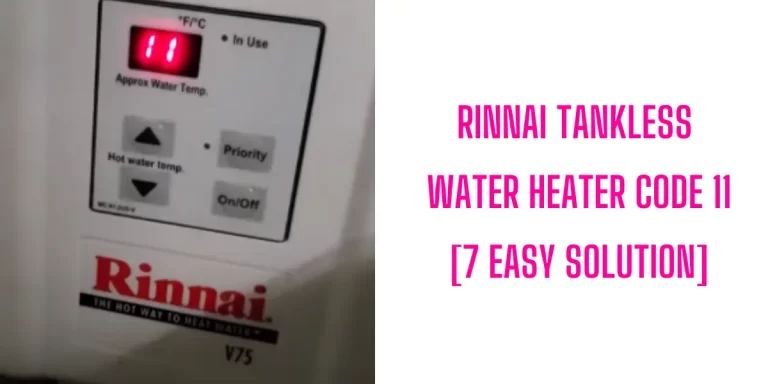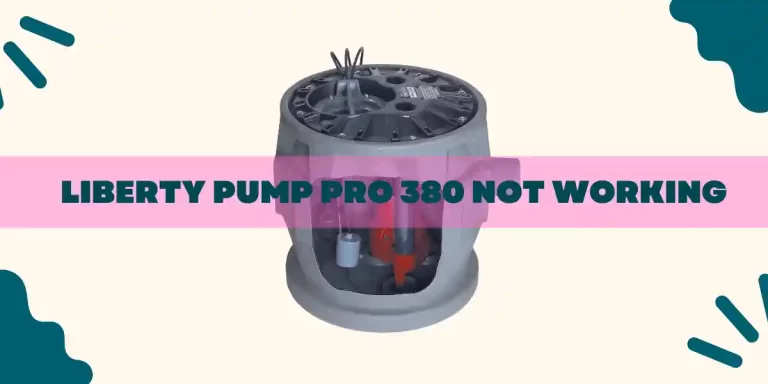This is a complete guide on State Select Gas (Tank) Water Heater Troubleshooting.
In this article, what I am going to explain:
- How to troubleshoot State Select Tank Gas Water Heater?
- 5 common problems of the unit and their solutions
- How to light the State Select Gas Water Heater?
Without further ado, let’s dive in.
Table of Contents
- How To Troubleshoot State Select Tank Gas Water Heater?
- State Select Gas (Tank) Water Heater Troubleshooting [5 Common Problems]
- How To Light The State Select Tank Gas Water Heater?
How To Troubleshoot State Select Tank Gas Water Heater?
Before performing any troubleshooting procedures, check the following list for installation errors.
- Ensure proper clearances to combustibles are maintained and there is enough space to service the unit.
- Make sure the area where you installed your water heater is free of corrosive components and flammable materials.
- Verify the intake air or vent piping is sized up properly for the installed length. Also, make sure the max equivalent feet of pipe has not been exceeded in the intake air or vent pipe.
- Ensure your plumber doesn’t cross the maximum number of elbows used in the intake air or vent pipe.
- Verify all exterior clearances for the intake air, vent, and concentric terminations are maintained.
- Ensure the air intake integrated filter is clean and free of dirt & debris.
- Ensure a gas regulator is installed for each water heater.
- Make sure the gas supply line is within specifications.
- Verify the condensate drain is properly attached to the exhaust elbow on the unit and it drains freely.
- Make sure the electrical connection to the unit is correct and secure.
- Ensure the unit is properly grounded.
State Select Gas (Tank) Water Heater Troubleshooting [5 Common Problems]
This chapter will break down the 5 common problems of your State Select Tank Gas Water Heater.
01. Rough Starting, or Rough Operation
Rough starting & rough operation is the result of:
- Undersized gas supply line
- Low gas pressure
- Excessive supply gas pressure
- Fueling up the unit with incorrect gas type
- The air intake integrated filter gets clogged
- The main burner gets restricted
How To Fix:
Sizing the gas line improperly is the main yet common culprit that causes your water heater to operate roughly.
You must size up the gas line by maintaining the local or state codes. In absence of local & state codes, you should follow the National Fuel Gas Code (NFGC), ANSI Z223.1 (NFPA 54)-current edition.
Alternatively, you can prefer the following screenshot of table 7 and 8 as a sizing reference for commonly used gas pipe materials:
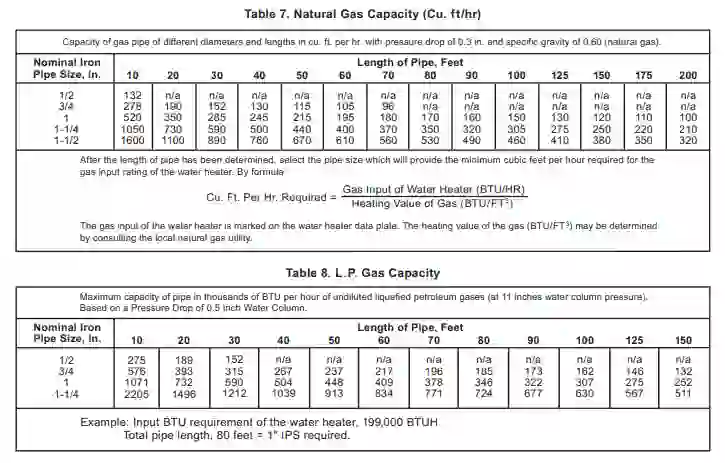
Secondly, low gas pressure that drops below 1.5” WC may cause rough starting and noisy operation. In this case, I recommend you to contact your gas supplier or a professional plumber to fix the gas pressure issue.
Thirdly, excessive gas pressure can also cause rough operation of your water heater. Here excessive gas pressure means the pressure that exceeds 14” W.C. on a gas unit.
To reduce the pressure, you can adjust the gas regulator.
But the best bait is to call a certified professional to resolve this issue as excessive gas pressure can cause serious injuries.
Fourthly, ensure you feed your gas water heater with the correct type of gas. Check the rating plate and see what type of gas (natural gas or propane) it recommends as fuel.
In addition, inspect the air intake integrated filter for blockage and clean it if needed. To clean this filter, follow the below step-by-step cleaning procedure:
- Turn the gas supply off at the manual gas shut-off valve and disconnect power to the unit.
- Unscrew the hose clamp at the adapter rubber boot and slide the plastic pipe out and away from the rubber boot.
- Turn the adapter rubber boot clockwise, approximately ½” to remove the rubber boot.
- Pull the adapter boot off of the internal clamshell housing.
- Now, carefully take the media out of the clamshell housing by using a small flat blade screwdriver or your fingers.
- Tap the back of the filter support to dislodge larger debris. Then, use a vacuum cleaner to remove dirt & debris from the filter media. Alternatively, you can dip the filter media into a solution of warm soapy water and rinse the filter with clean water.
- Once you clean the filter, ensure you air-dry it before re-installing it.
- Re-insert the filter media into its place and complete the installation by following the steps in reverse order.
- Turn the gas supply on and restore the power.
Lastly, check the main burner for a clog and clean the burner if required. You should use an air compressor to blow away the residue from the burner.
02. Momentary Ignition
If the main burner ignites momentarily but doesn’t sustain ignition, I recommend you ignite the unit two or three times.
Generally, the reasons I mentioned behind rough starting are also responsible for momentary ignition.
How To Fix:
Try all the remedies I mentioned to fix the rough starting. They will help resolve the momentary ignition issue.
Turns out, try the following as a remedy of momentary ignition:
- Use a manometer and ensure the gas pressure is within specification.
- Ensure the wiring to the gas control valve is clean & secure.
- Make sure the wiring to the flame sensor is tidy and tight.
- Inspect the spark igniter wiring connection and verify the connection is clean & tight.
- Check the flame sensor and replace it if needed.
- Inspect the spark igniter and realign its gap as needed.
- Ensure enough electrical ground to the heater.
03. Insufficient Or No Hot Water
You will get little to no hot water out of your State Select Gas Water Heater due to the following reasons:
- No power goes to the unit
- Enable/Disable switch in disable position
- Hot water supply valves to fixture are in close position
- Set the temperature too low
- Undersized water heater
- Hot water piping is leaking
- Sediment or scale formation on the bottom of the tank
How To Fix:
First off, verify the unit is receiving power. In order to do this, check the breaker, fuses, or electrical wiring.
If you are not electrically inclined, call a certified electrician to check the electrical connection.
Secondly, ensure the Enable/Disable switch is in the Enable position. If not, just set it to the Enable mode.
Thirdly, make sure the hot water supply valves to the fixture are in an open position.
Fourthly, you should check the set temperature. If you set it too low, just raise the temperature setting to higher to get hot water.
Fifthly, ensure the water heater you installed doesn’t exceed its heating capacity. In other words, if you use too much hot water than the heating capacity of the unit, you will not get enough hot hot water.
Furthermore, check the hot water piping for a leakage. If it’s leaking, fix it or call a professional to do it for you.
And last not the least, sediment formation on the bottom of the tank will reduce the heating ability of the unit. To avoid this situation, you must flush the unit.
04. Water Is Too Hot
Do you get too hot water out of your water heater? Then, the following things are to blame:
- Operating set point is set too high
- You may set the temperature probe offset settings improperly
- Problem with mixing valve
- Lime buildup on temperature probe
How To Fix:
Start by adjusting the operating set point.
To change the operating set point, press the Menu option from the display to see the Main Menu.
Under Main Menu, select the Temperatures to access the temperature menu. Then, choose Operating Setpoint and hit the Change option to activate the adjustment mode.
Now, press the “-” button to reduce the temperature. Once you make your adjustment, press the Accept button to save the new setting.
On the other hand, just choose the Tank Probe Offset settings under the Temperature menu and adjust it if you need to.
Thirdly, follow the guideline come with your Mixing Valve if you fail to set the Thermostatic Mixing valves properly.
Finally, check the temperature probes for a lime buildup and remove the sediment for proper heater operation.
05. Noisy Operation
It’s normal to hear a noise when operating a water heater.
Generally, this noise comes from electrical components, combustion blower, transformer hum, and relay contact closure.
However, if the noise seems abnormal, call a professional.
How To Light The State Select Tank Gas Water Heater?
Go along with the following steps to light your State Select Tank Gas Water Heater:
- Smell all around the unit for gas and ensure there is no gas odor.
- Set the Enable/Disable switch to the Enable position. You can find this switch at the base of the unit.
- Set the thermostat to its lowest setting.
- Turn the Enable/Disable switch to the Disable position.
- This unit comes with a device to light the burner automatically.
- Wait for five minutes to let the gas clear out.
- Turn on electrical power to the unit.
- Now, set the Enable/Disable switch to the Enable position.
- Finally, set the thermostat to your desired temperature setting.
End-Note
Throughout this entire guide, I broke down 5 common problems you will experience over time.
Most importantly, I also discussed what you must check before performing any troubleshooting procedures.
Once you troubleshoot your water heater and fix the issue following the steps I mentioned, you should relight the pilot.
Luckily, I also explained how to light the State Select Gas Water Heater.
In short, I mentioned everything you need to know to troubleshoot your gas water heater and fix the issue to get hot water out of the unit.
However, if I missed any problem you are experiencing that should be covered, let me know by leaving a comment below.
Read Also:

Eric Alvarez is the head of content on LilDutchUncle.Com. He is an HVAC guy based in El Paso, Texas, United States. He obtained his Bachelor of Science degree from the University Of Texas at El Paso. Years of experience in the HVAC field have taught him many lessons, not the least of which is that the value of quality and knowledge far exceeds any promised initial savings. He has a good standing reputation for superior skills in heating, air conditioning, hot water tanks, and indoor air quality systems.

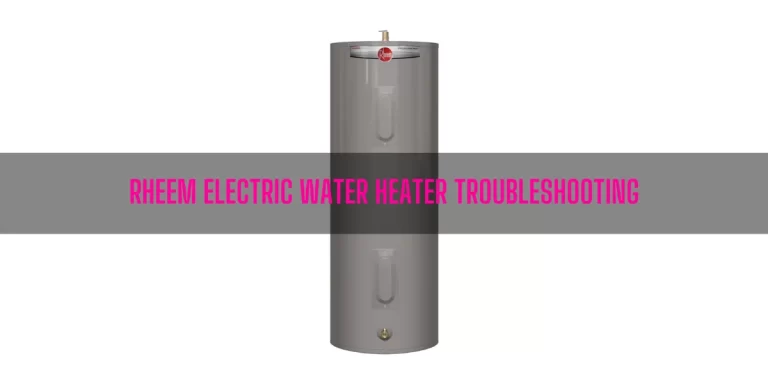
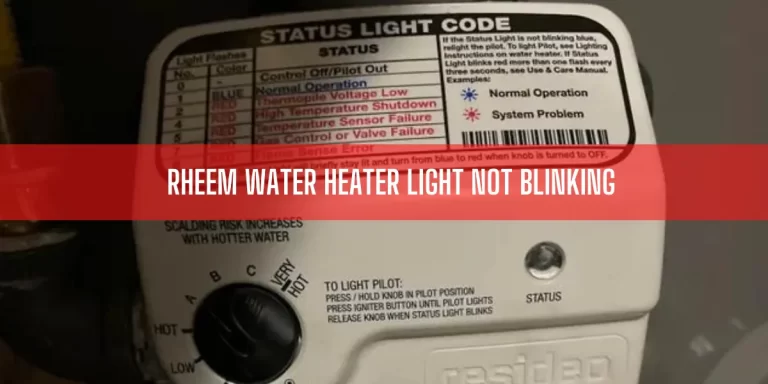
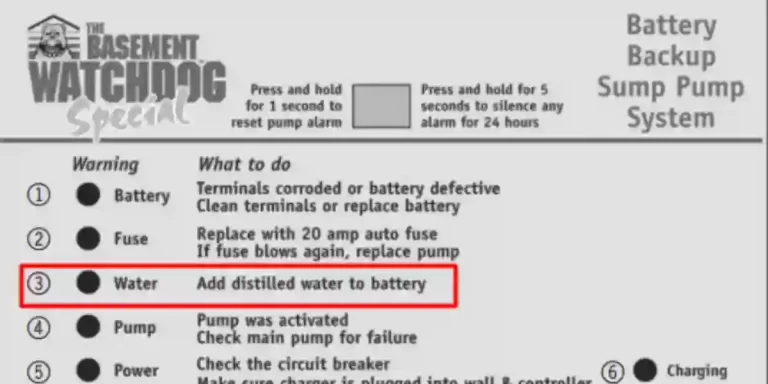
![Richmond Tankless Water Heater Code 12 [Solved]](https://lildutchuncle.com/wp-content/uploads/2023/10/Richmond-Tankless-Water-Heater-Code-12-Solved-768x384.webp)
